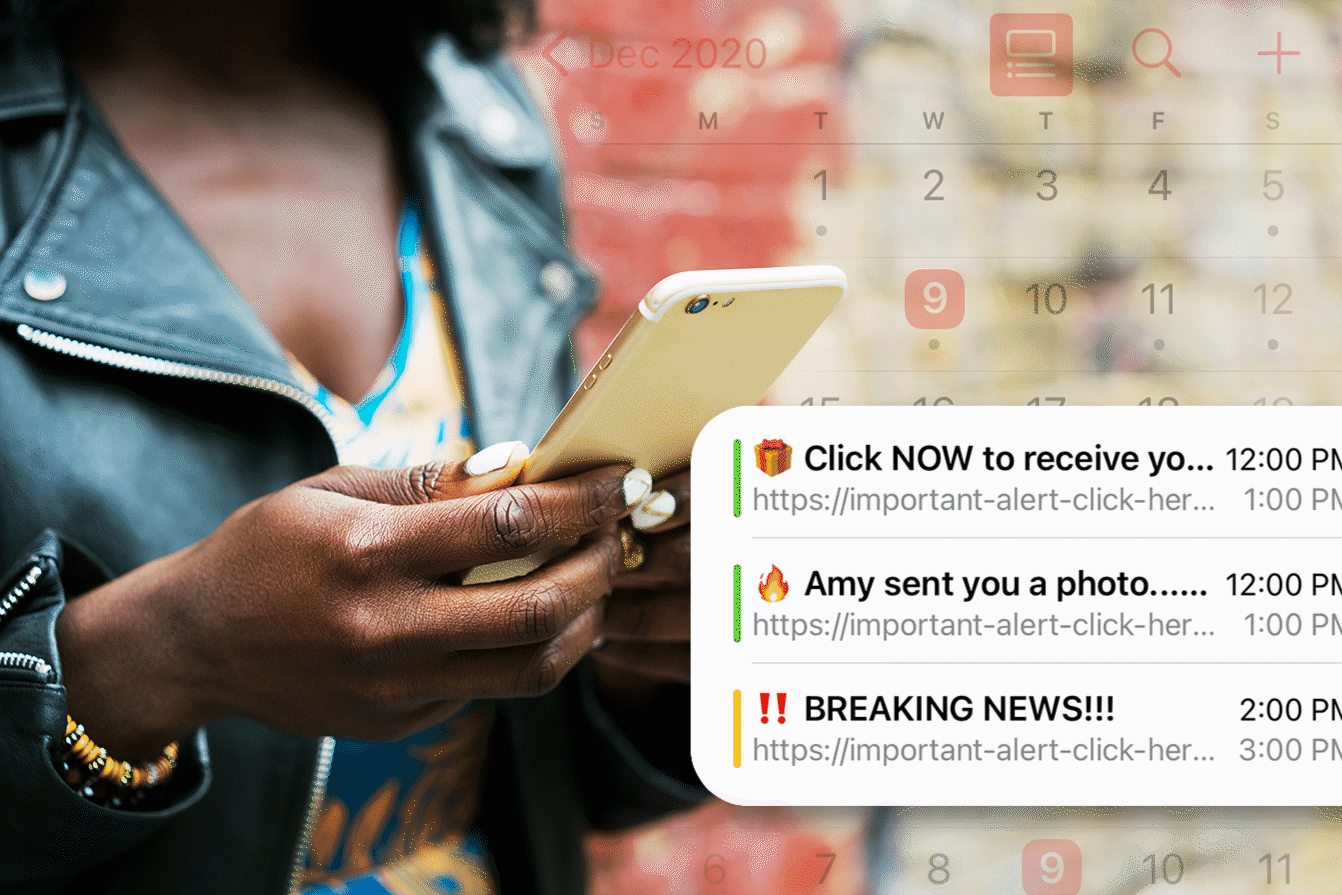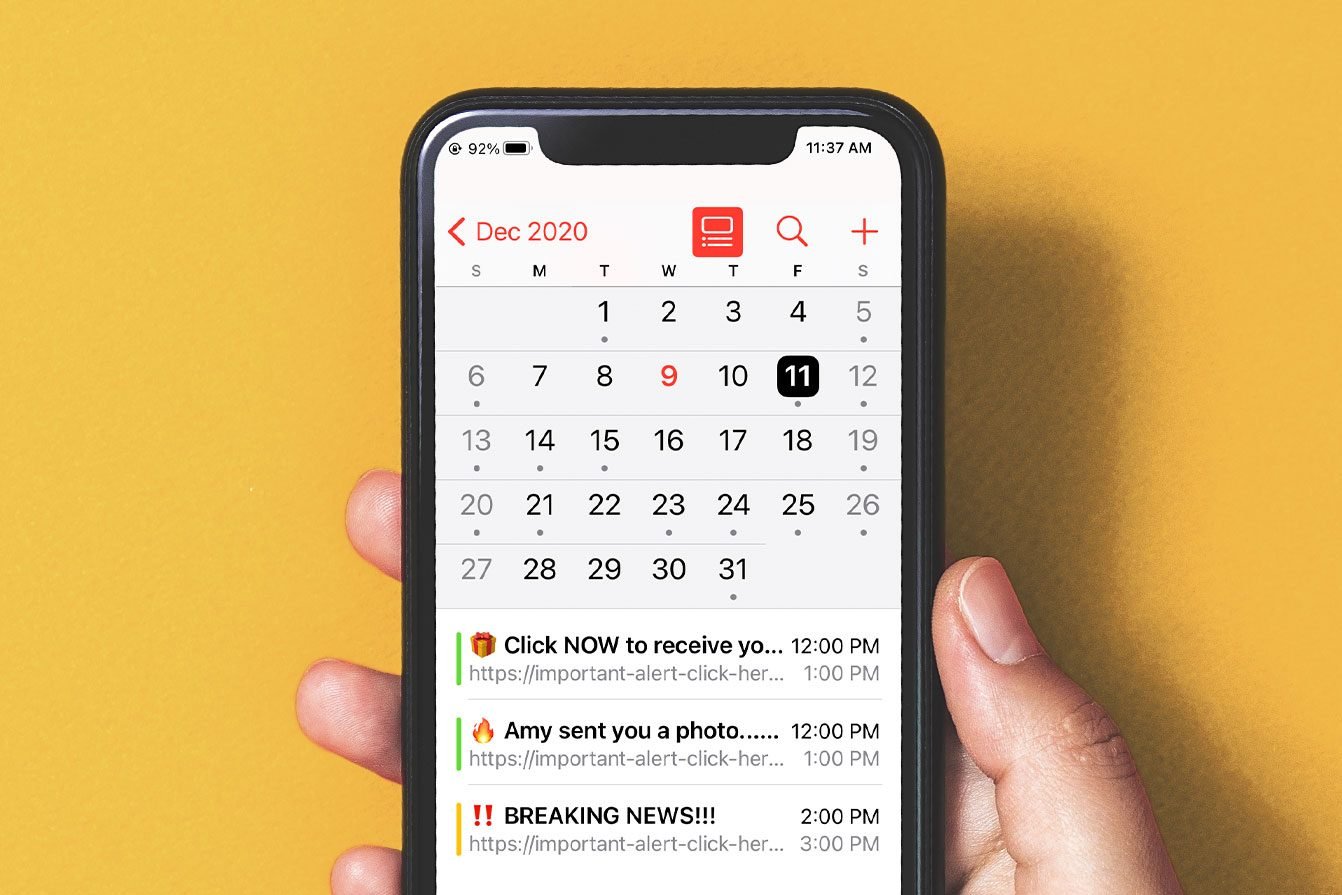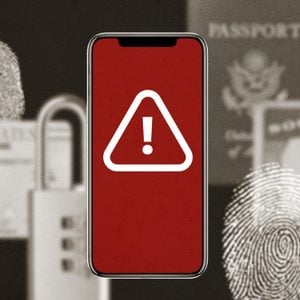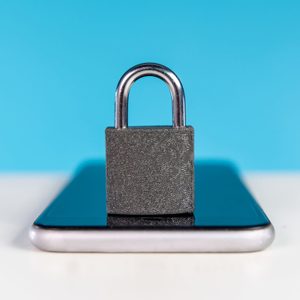How to Stop (and Remove) iPhone Calendar Spam
Updated: Jan. 31, 2023

It’s not only annoying—it can also be dangerous. Here's what you can do to get rid of invasive iPhone calendar spam.
Have you noticed events added to your iPhone calendar that you didn’t input yourself? If so, you’ve been hit by iPhone calendar spam. The calendar is a sneaky way that spammers and hackers attempt to attain your personal information, and it’s one of the top mobile security threats that put you and your information at risk.
Similar to phishing emails, which are emails that masquerade as a familiar company or person, iPhone calendar spam entices users to click on embedded links, attachments, or pop-up notifications. When you respond to an event by clicking accept, decline, or maybe, it lets the sender know your account is active. Part of the problem is that iPhone default settings allow users to receive calendar invites from anyone, whether or not they’re in your contact list, making it easy for spammers to infiltrate your calendar. Whatever you do, though, don’t acknowledge the unsolicited messages because this is what can happen if you respond to spam.
Why am I getting spam calendar invites on my iPhone?
Hackers have found creative ways to invade your iPhone in hopes you’ll click on embedded links or attachments, and many people don’t realize their calendar can be a portal for spam. “[Spammers and hackers] know that most people don’t expect spam in their calendar, so they are more likely to open it and less likely to be dubious of the information and links it may contain, which could be used for credential harvesting, identity theft, and adware or malware,” explains Dave Hatter, a cybersecurity consultant for inTrust IT, an IT support and cybersecurity company.
How do I get rid of the virus on my iPhone calendar?
When iPhone calendar spam becomes pervasive, it’s often referred to as a virus. Because anyone with your email address can send spam to your iPhone calendar, it’s easy to receive an overwhelming quantity of unsolicited events and inadvertently click on these links. “The recipient of calendar spam should never click any links or open an attachment,” Hatter warns, “because that could expose the user to a virus (malware) or other hack.” As a result, the hacker can gain access to your personal information. “If you unfortunately clicked a malicious link or opened a malicious attachment that leads to malware on your device, the steps you will need to take to remove the malware will depend on the specific malware infection,” he adds. Taking immediate action will protect your information and reduce viruses on your iPhone.
How to prevent notifications
Preventing notifications is one of the best ways to minimize spam from invading your calendar. An important tactic is to change your calendar settings. “Make sure none of your devices (iPhone, Mac, Outlook) are set up to auto-accept calendar invites,” advises Steve Tcherchian, Chief Product Officer and CISO for XYPRO Technology, a cybersecurity analytics company. “Although this may be very convenient for busy people, this setting is being used as a vulnerability to insert unwanted entries that popup spam into your calendar.”
Since anyone with your email can send calendar invites, adds Hatter, “you can block their email address and/or report their invites as junk.” Another option? “Create a ‘burner’ email address for sharing that is not connected to your primary account so that spam will go there.”
How to delete iPhone calendar events
Removing unwanted or suspicious calendar events is simple and can be done in a few ways. One method is deleting each invite individually. All you have to do, Tcherchian says, is “open the calendar app, open the event, and click Delete Event, if it’s available. If you can’t delete it, just leave it and ignore it. Don’t click Decline and do not click on any links within the calendar.”
However, if your calendar is overrun with unsolicited invites, the easiest thing to do is to create a “new” calendar. You can move all the events into this calendar and eliminate all the junk invites in one fell swoop when you delete the recently created calendar. “If you are prompted to Delete and Don’t Notify, choose that [option] to ensure the spammers are not notified,” advises Hatter. Another option is removing the calendar app entirely. Just make sure you never delete an app without doing these four things first.
How to delete iPhone calendar completely
One of the best ways to handle invasive iPhone calendar spam is to delete your calendar completely. Beginning anew can be a logical and helpful way to untangle yourself from all the unsolicited events infiltrating your calendar. Removing calendars is easy with simple steps to follow. Here’s how to do it, says Tcherchian: “On iOS 14, go to Settings > Calendar > Accounts > Subscribed Calendars. Select the calendar you want to delete, and select Delete Account.” You can also opt for a different calendar entirely, instead of the built-in one, since many calendar apps are compatible with iPhones. After you decide what to do, learn these hidden iPhone hacks you probably don’t know about.
Sources:
- MacSecurity: “Delete spammy Calendar Events on Apple iOS devices (iPhone/iPad) and Mac”
- Dave Hatter, a cybersecurity consultant for inTrust IT
- PC Risk: “How to stop deceptive events from being added to Calendar”
- Steve Tcherchian, Chief Product Officer and CISO for XYPRO Technology
- Apple: “Remove spam from Calendar on your iPhone”




